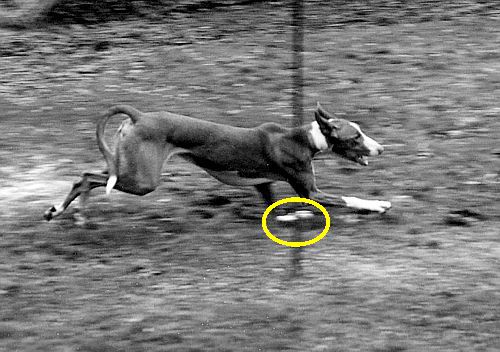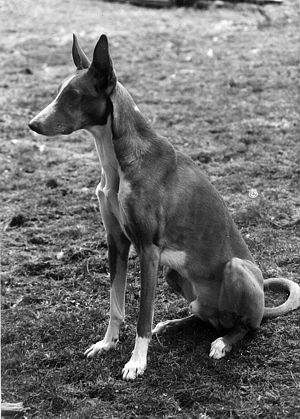Dewclaws, why they are there
It seems most peculiar that all wild canids have those claws set to the inside of the leg and above the foot. Why do you suppose they are there if not an integral part of the design for survival? Even hoofed animals such as deer have "dewclaws", two small toes above the foot. When tracking deer one can tell if a deer is running "flat-out" because these dewclaws leave marks in the soil.

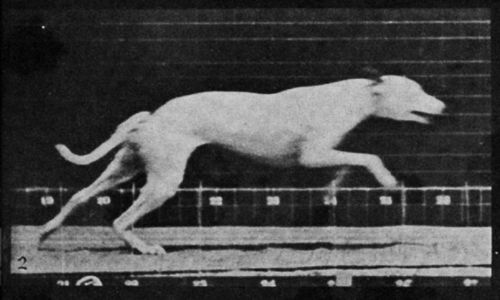

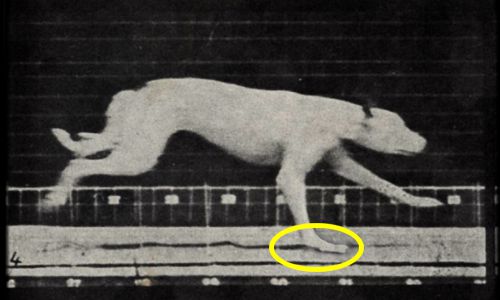

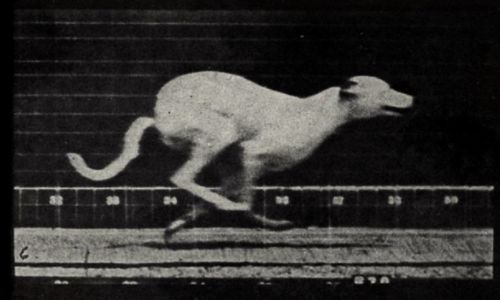

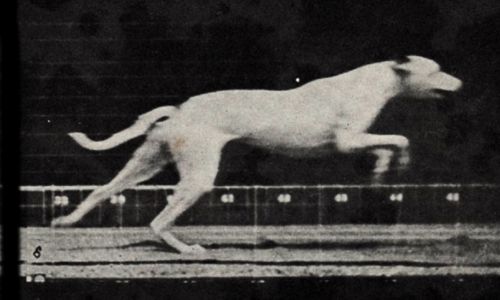
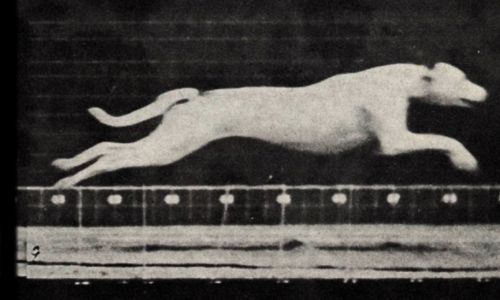

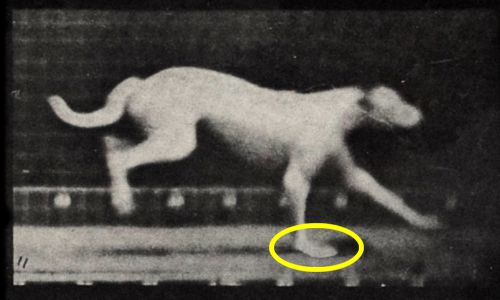

When a dog runs, and especially in braking and turning the pastern lays down, the dewclaws and stop pad engages the ground. That little pad at the top and behind the front pastern is used for what it is named for. The pastern should be strong, but flexible. A dog in poor condition can have weak pasterns that slope overmuch and will lack spring. The dog with strong pasterns should be nearly upright at a stand, but should be still flexible while in action. A sick or frightened dog will "go down" in the pasterns. Dogs kept on hard surfaces such as cement without a gripping surface can develop "down pasterns" and even splayed feet. Rigidly upright pasterns will break down and the dog may knuckle over.
Study coursing photographs and notice how much the pastern gives on running. Many photographs give the impression that the dog is running in tall grass, when actually the supporting pastern is flexing almost parallel to the ground. In 1899 Eadweard Muybridge1 discovered that horses and dogs don't run in a scissor-motion, but in a rotation of supporting legs. You can clearly see the pastern laydown in his greyhound photos.
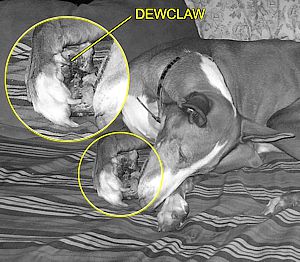
Dewclaws are also used gripping. My dogs use them to hold a bone when they chew. Dogs in my home, (not bred by me), lacking dewclaws try to get me to hold their chewy for them. Of course all nails should be kept properly trimmed.
Most people who remove dewclaws really believe it creates a "cleaner line" to the leg and shows that you are a "serious" show person. This belief is no excuse to remove bits from our most natural of breeds. These are hunting dogs. Ibizans in their native land have dewclaws. The English standard states, "Dewclaws should not be removed in front." The Spanish do not even mention dewclaws, I believe because they could not imagine removing them.
I have never had a dewclaw ripped, but I have had a couple of toes injured in over 30 years in Ibizans.
The Ibizan has remarkably strong and well-attached dewclaws. Do we want to turn this dog naturally designed by the very work it did and the environment it came from into a mannequin and redesign it to the detriment of function?
Many breeders remove dewclaws because it has been American dog show legacy. They were told that it was the correct and humane thing to do. Certainly they have no intention of harming their hounds.
Veterinarians often ask Ibizan breeders why they waited so long to have dewclaws removed when puppies are only three days old. This is because the dewclaws are so strongly attached. The argument doesn't hold that pieces should be removed from our dog's anatomy because they might get injured. What would remain if we used these perimeters?
